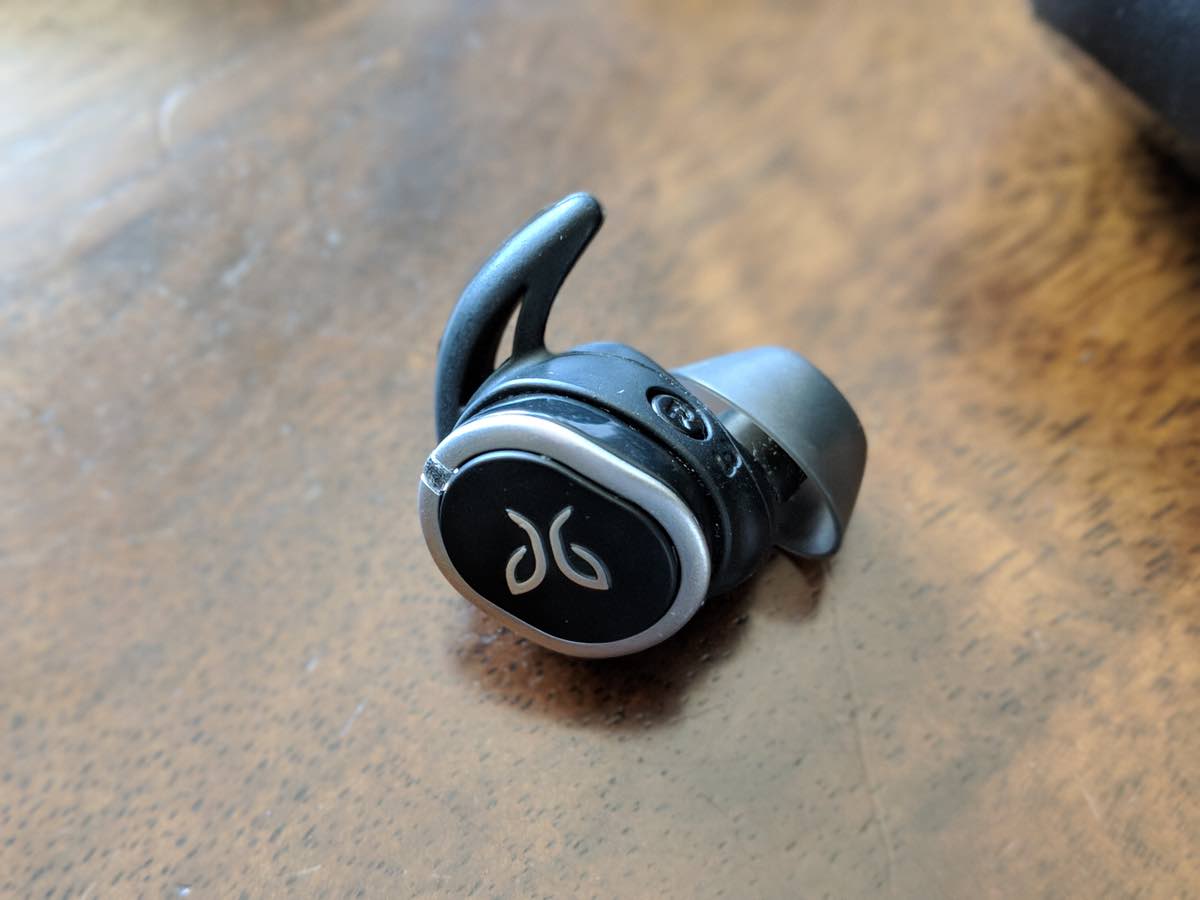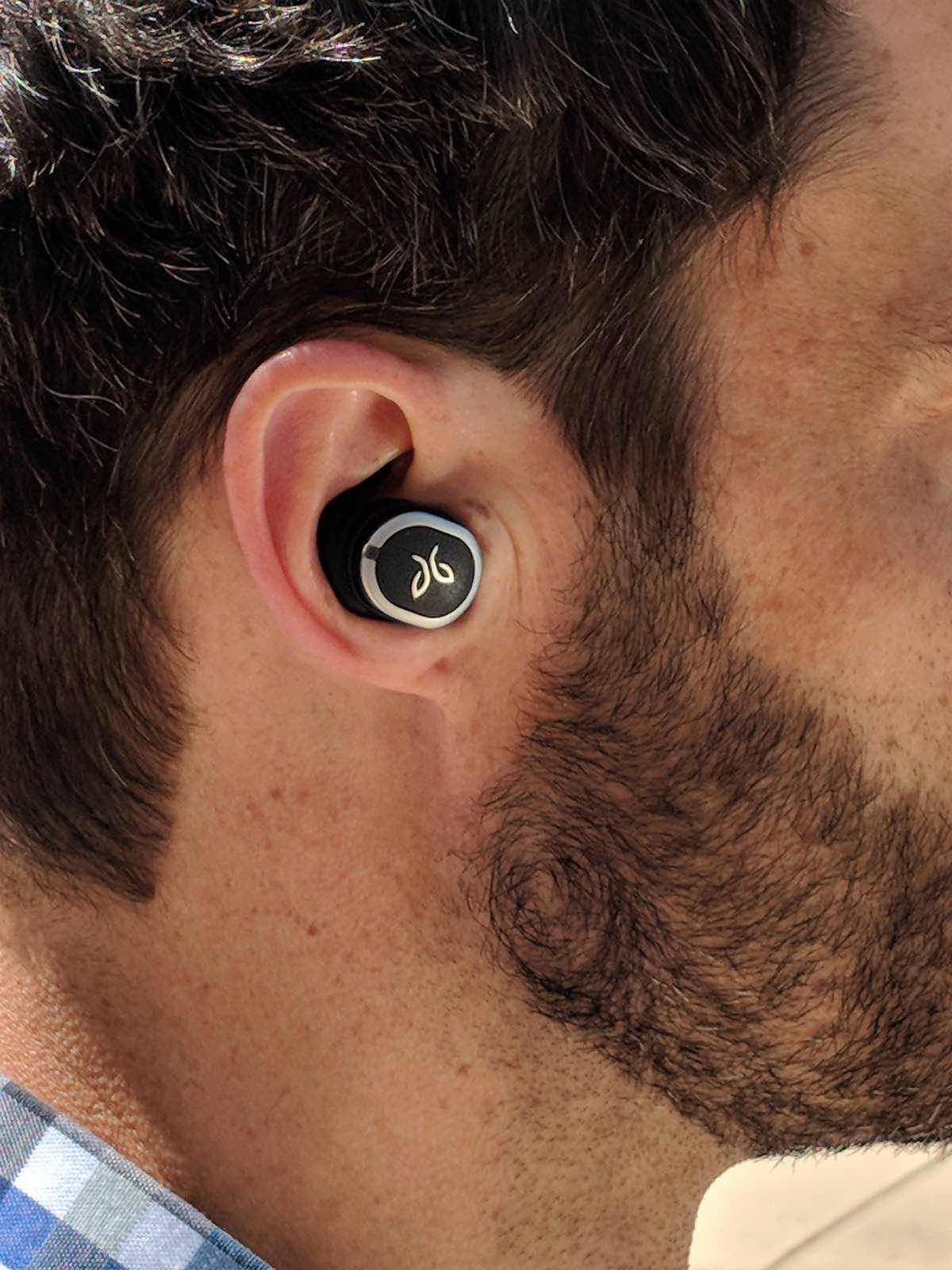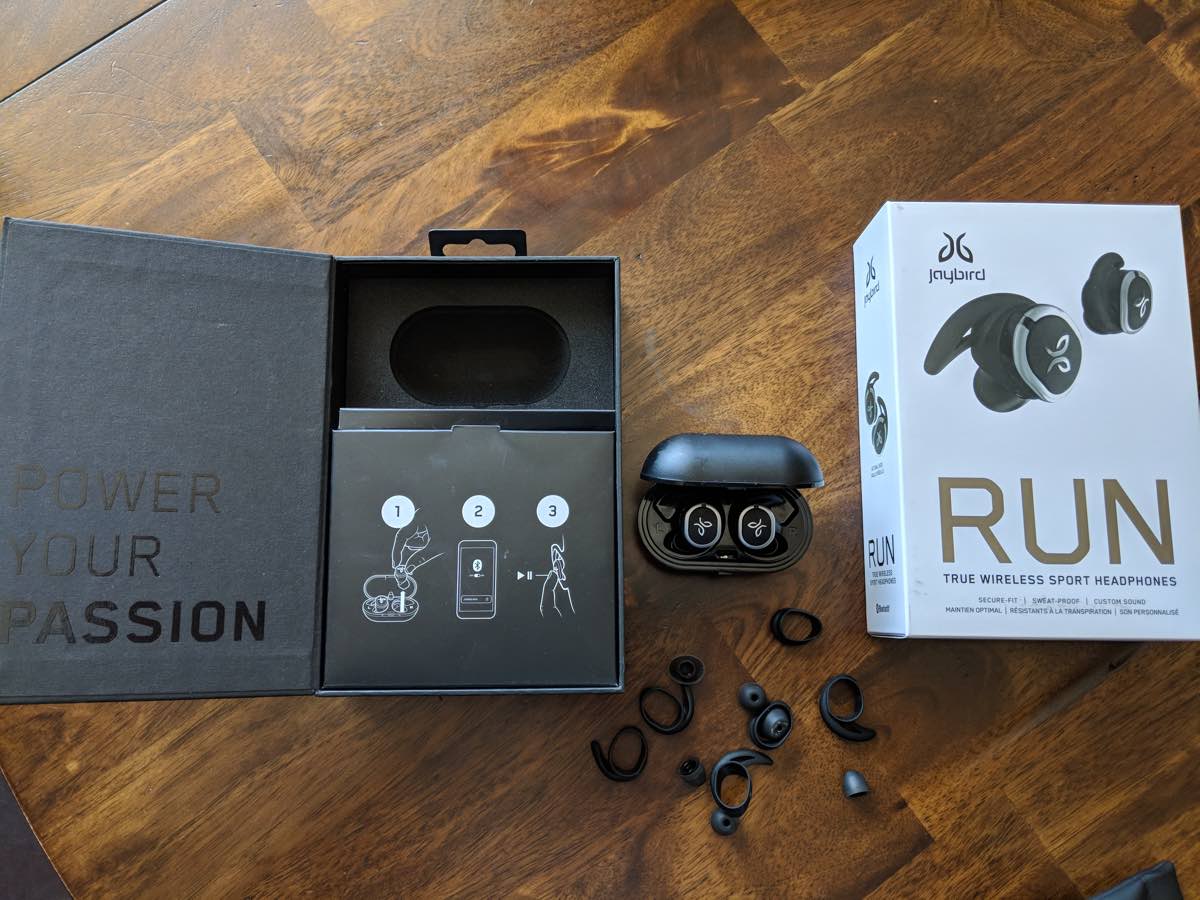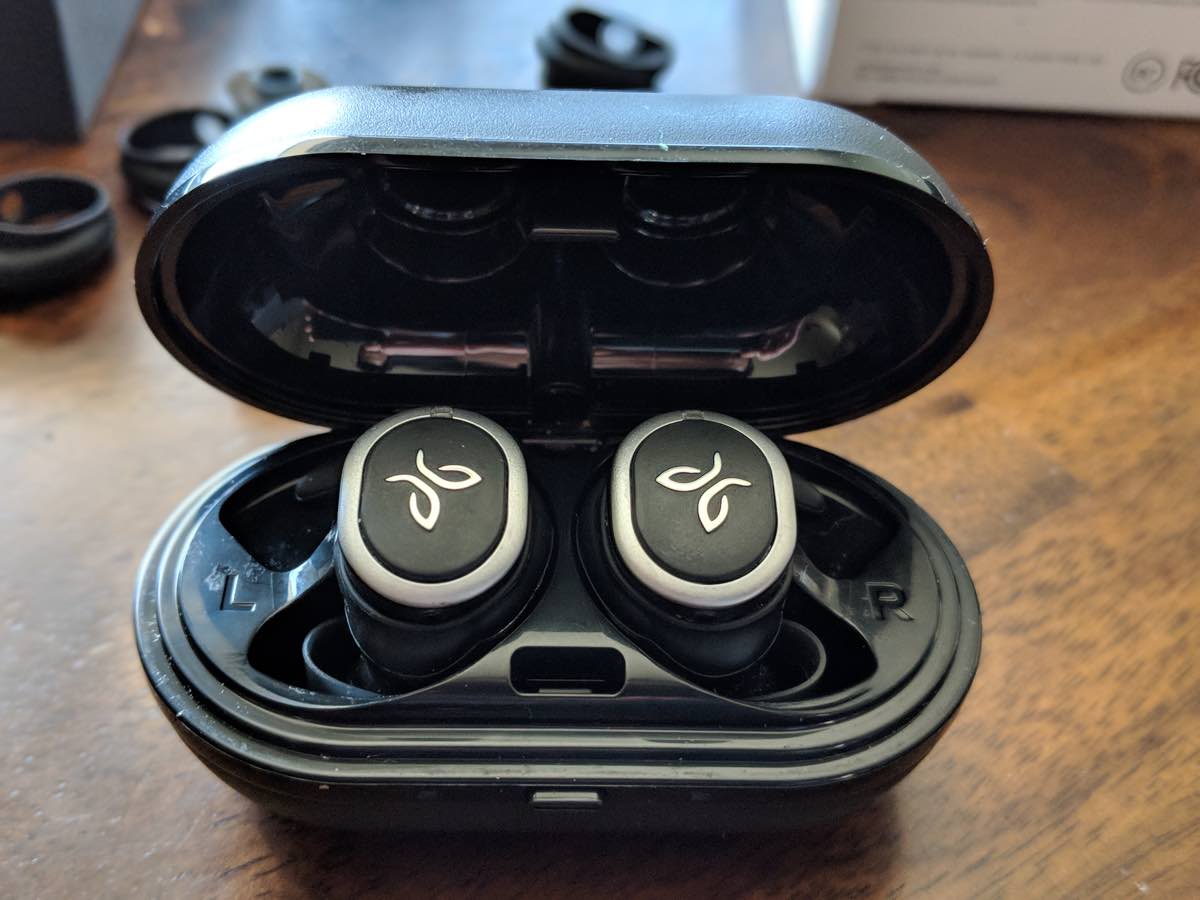Well before running, music was my first love. The particularly satisfying and mood-influencing aural hues of a great song can literally change my day, and the ability to combine this passion with my second love of running is always enjoyable. For lack of a better way of putting it, the two together provide me with a sort of 1972 Alice Cooper’s “School’s Out” feeling when I hit the trails.
In high school, I cradled a Sony Walkman while listening to metal classics on cassette, and I even happened to own the first Sport Discman which skipped horribly while running with CDs. As technology progressed I progressed with it, buying every version of the Apple iPod up to the incredibly small and effective Shuffle. But, this still meant that I had a pair of earbuds haplessly dangling from ears and running under my shirt and jacket. A small price to pay, sure enough, for the freedom of having multiple gigabytes worth of my favorite music with me. However, we now have something much better, my friends.
Introducing the Jaybird Run ($179.99), the first truly wireless Bluetooth headphones aimed at pleasing the running crowd. As with any wireless headphones I’ve tried, I expected tinny sound, poor bass response, and worse reception. In fact, I expected to hate them and return to my tried-and-true Apple earbuds. Let’s cut to the chase, I’m still wearing them, and for more than just running. Here’s the rest of the story.
Jaybird Run Fit
For some people, earbud fit would not even be a concern. These people have normal ears, and normal earholes (that’s a thing, right?), but I am not that person. My daughter jokingly calls me an elf (she’s six) and I’ve never been able to wear the kind of earbuds that compress into one’s ears for maximum bass response and minimal outside noise. For awhile, this was a bit of an obsession for me without any success.
Upon unboxing the Jaybird Run headphones, I realized that they had included four differently sized sets of silicone tips as well as interchangeable fins that I could swap out to find the best fit for my non-interchangeable and permanent ears. I experimented with this (probably more than any human should) over the course of several weeks until I found the correct combination that allowed the Jaybirds to stay put and offer me the best high-fidelity audio. I blundered through headphones falling out mid-run to experiencing poor audio due to insecure fit/seal. After a lot of pickiness and trial and error, I throw in the Jaybird Run headphones and I don’t even think about them anymore.
The fit of the silicone earbud tips can seem slick at first, and I’ve noticed that after about 15 minutes of running they really settle in. The more I sweat, the more they adhere. In fact, I’ve absolutely sweated these things out and they continue to work and sound great without issue.
Jaybird Run Audio
I used the Jaybirds with an iPhone 6s as well as a Google Pixel 2 and connectivity was quick and instant with the hold of a button. Once connected by Bluetooth, the Jaybirds did not disconnect despite the phone powering on and off multiple times. I experimented with phone placement while running and defied the suggested placement on the front of the body or arms. I like putting my phone in the large zipper pocket on the back of my shorts, and I never lost connectivity with the Jaybirds.
My first impression of the Jaybird Run performance was less than stellar. Performance seemed just as flat as the Apple earbuds I was hoping to replace. That was, until I installed the Jaybird app on my phone and started to play with the equalizer. This app is comically easy to use and I was able to set up different presets that my Jaybird headphones remember for different types of music, meaning I don’t even have to have the app open or adjust prior to each run. The Jaybirds absolutely remember the last setting I used to listen to Norwegian black metal.
The audio is fantastic with deep-bodied bass and clear treble that isn’t tinny like most earbuds. Every genre of music I listen to with the Jaybird Run sounds fantastic and they started to replace my tried-and-true Sony cans for listening while working in the evenings. It is definitely freeing to run unencumbered by cords and nice not to have to find creative ways to wind them under or over one’s clothes for a run.
Jaybird Run Performance
I’ve hyped the audio enough, but how about ease of use? With connectivity being seamless, let’s look at how the Jaybird Run functions while on the run. The factory presets dictate that the wearer can easily skip songs with a double click of the right earbud, while a single click to the left accesses your phone’s assistant. Calls come in as interruptions to the streaming audio, with a soft ringing sound in the background, and my wife loved the audio quality on her end while interrupting my runs. These presets can be changed in the Jaybird app to simply make each button function solely as volume buttons as well.
Jaybird Run Battery Life
While I feel like we are in the infancy of wireless-headphone development, battery life remains one of the most important factors. Like early electric-car owners, I developed ‘range anxiety’ and did several runs with a full charge to try and exhaust the Jaybird Run batteries. Advertised at four hours of play, I noticed that the Jaybird’s fully charged battery ran out around three hours and 20 minutes of play time. I noticed that battery time decreased the more heavily equalized the sound settings were on the app, and increased bass response took a toll on the battery. Every time Fergie’s “My Humps” came on it was totally worth it, and my long runs would just have to be 3:20 worth of absolute booty intensity.
But, think about it. In my most recent training cycle for a 100k, only five of my runs exceeded this duration, and for everyday runs the Jaybird Run worked wonderfully. You receive audio cues when the battery is at 20%, which allows you to conserve if needed, and the provided charging pod basically adds another two full charges even if you don’t have access to a USB outlet. I noticed that, fully depleted, the Jaybird Run headphones would charge from the pod in about an hour. Additionally, as soon as you take them out of the charging pod they let you know that they are ‘fully charged’ and ‘connected’ without even messing with my phone settings.
Overall Impressions
Music and running are two passions that help us decompress from the day. While I love getting deep in the mountains for the solitude and sounds of nature, often times my weekday runs can sound like cars, tourists, and the noise in my head. I have really enjoyed testing the Jaybird Run, and it is a product that, while it may seem superfluous, I would actually spend the money for this level of performance and convenience. If you’re a runner who craves the energy boost and dissociation that trail running with music provides on a daily basis, then I would recommend checking out the Jaybird Run.
For many runners, battery life and ‘range anxiety’ will be an issue. If there is anything I know about a life spent with distance runners, it is that they are eternal skeptics, and three and a quarter hours of battery life will not be enough to change from their wired earbuds. I have to say, I was the same way until I experienced the improved audio. Hopefully, in the not-so-far-off future, we will see Jaybird and other small companies venture into batteries capable of improved storage. Until then, maybe dissociating for three hours is plenty.
Call for Comments (from Meghan)
- Have you given the Jaybird Run headphones an, ahem, run yet?
- If so, what are your thoughts on how they feel, sound, and otherwise behave?
[Editor’s Note: If you’re affiliated (i.e., an employee, ambassador, etc.) with a company that produces audio equipment, please share your relation in each of your comments on this article. Thanks!]




